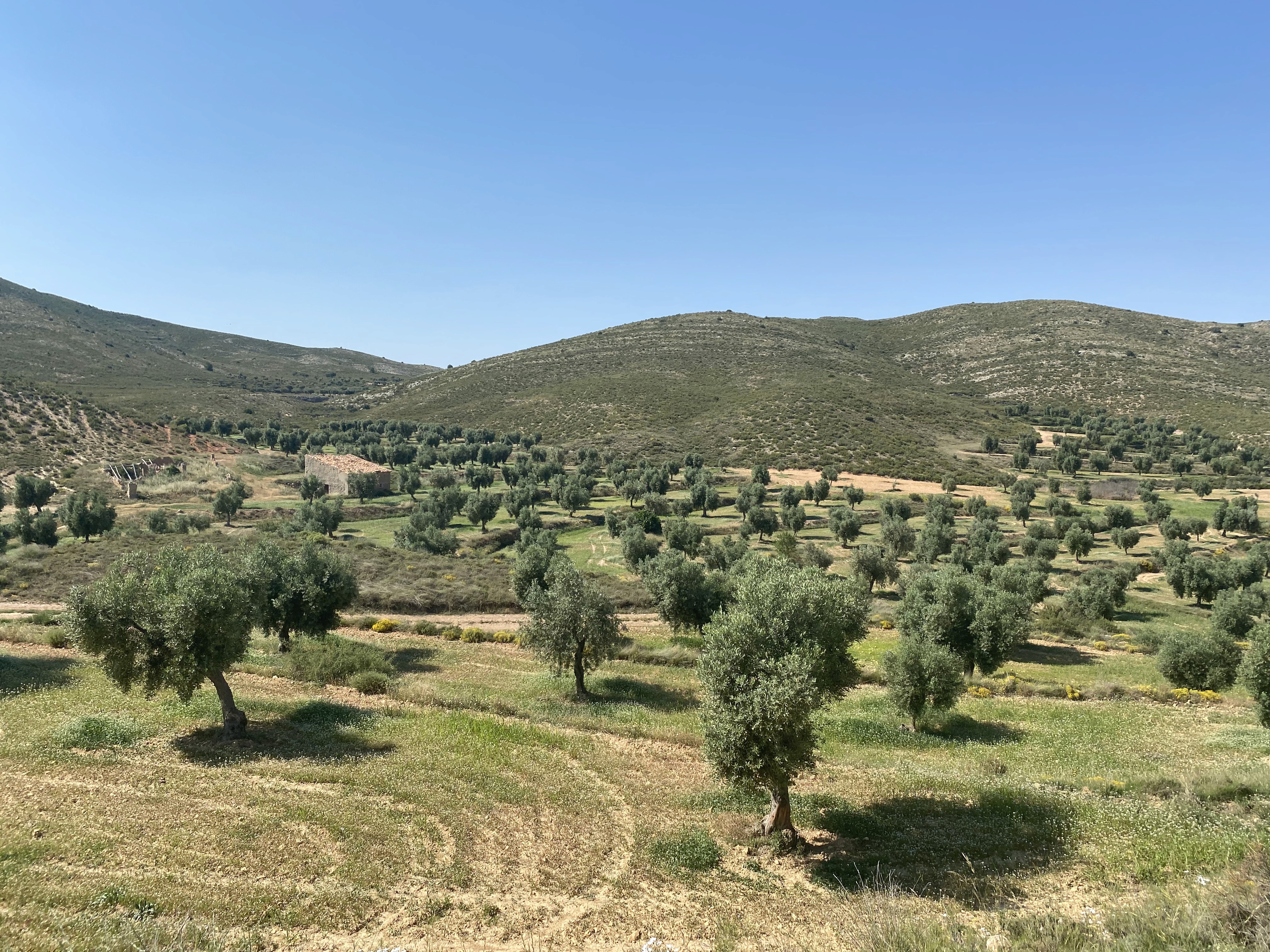Regenerative tourism
Regenerative tourism
Rethinking tourism, regenerating the sector
Rethinking tourism, regenerating the sector
23 de septiembre de 2022
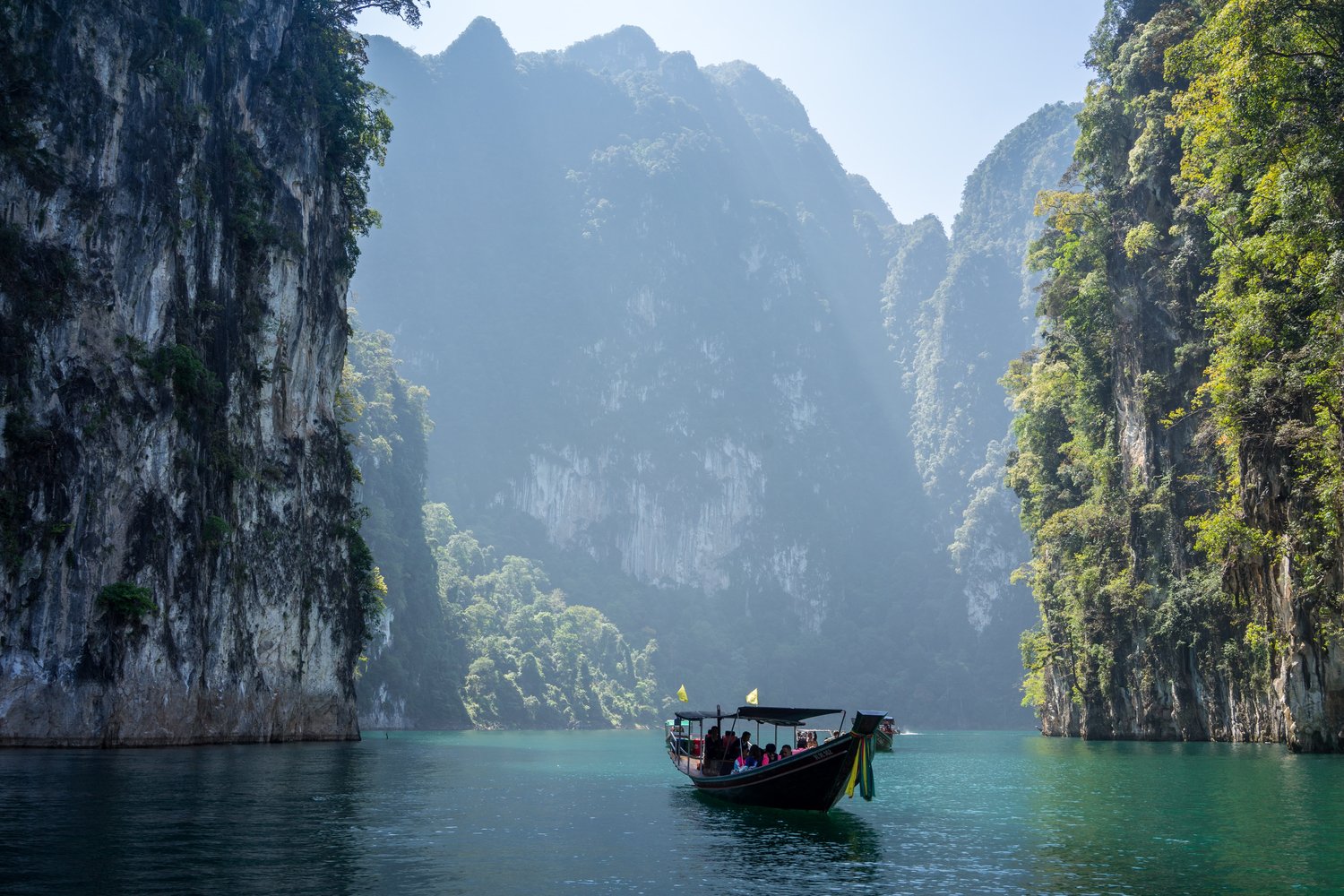

By Pako Rodríguez, consultant specialized in tourism. (Original publication in Spanish)
Once again, the World Tourism Organization promotes World Tourism Day, an event that serves to reflect on tourism activity in its various aspects and understand its challenges and changing and increasingly intense demands. In this edition, they invite us to rethink tourism. At Ideas for Change, we are committed to regenerating the sector. Do you want to know how?
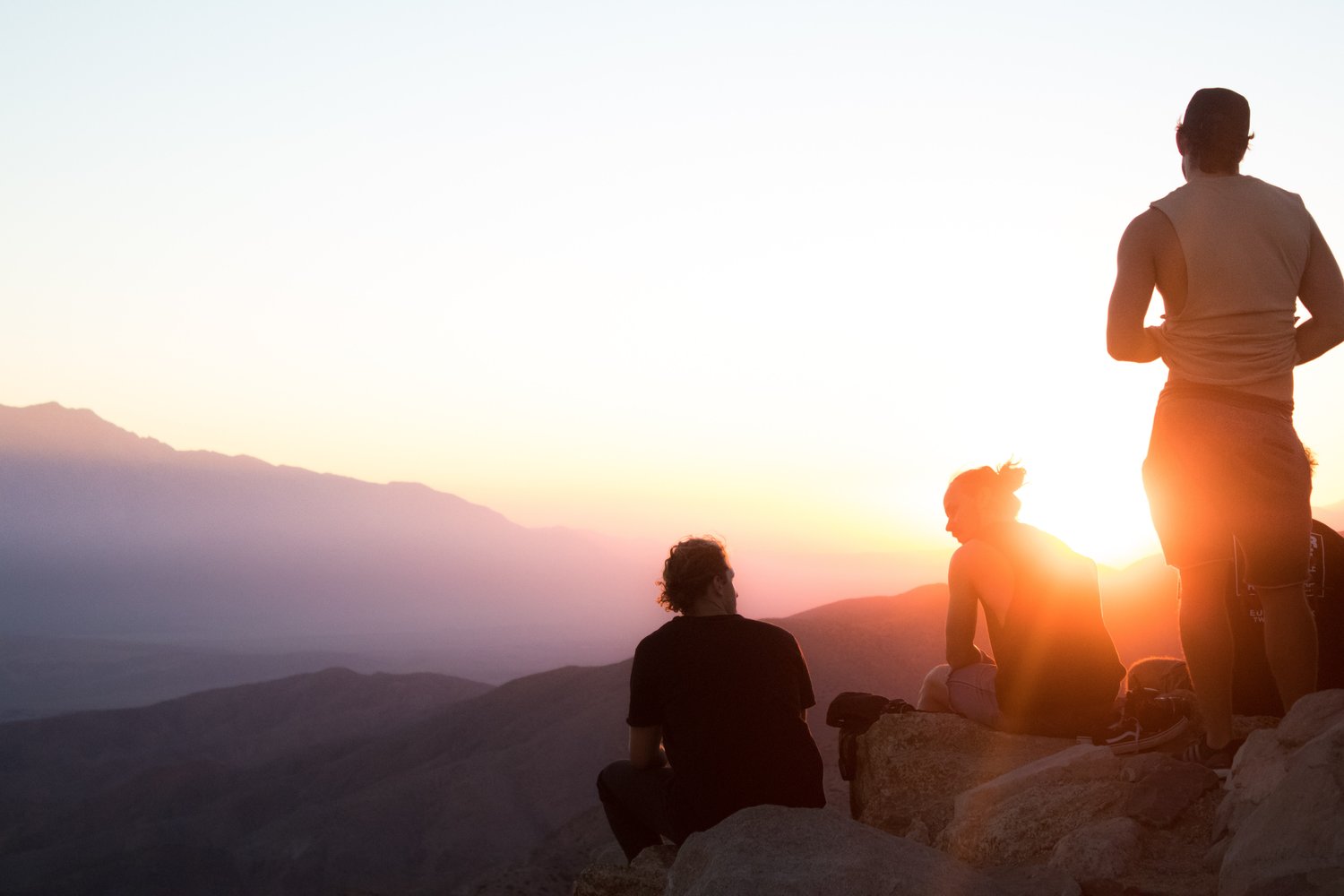
Rethinking tourism for a better future
In the presentation of this new edition of World Tourism Day, mention is made of some of the ideas that represent the direction the sector as a whole should take. In terms of timing, there is no better time than the present to implement measures that ensure a future.
As mentioned in that presentation, the recognition of the sector is greater than ever, but we are still far from seeing the potential that tourism has to be a vector for positive change. Increasingly, initiatives are being launched, both public and private, that seek to ensure that the net impact of the sector benefits society, residents, and visitors. It should be noted that these two roles are increasingly interchangeable.
Having left the worst of the Covid crisis behind, and facing the recovery that we are already experiencing, it’s time to rethink and reconsider not only how we do tourism, but how we manage it inclusively and participatively.
Regenerative tourism as a paradigm of change
The regenerative tourism is one of the models suggesting that the industry can go beyond simply enabling new experiences and maintaining cultural exchanges with residents and other visitors. This model aims to improve destinations through tourism activity with the participation of residents, both in planning and in the various initiatives or activities where proposals are realized.
To rethink tourism, it is wise to take this philosophy into account, which is increasingly becoming a firm commitment to truly turn tourism into an agent of positive change. A paradigm that seeks to work from ideas that allow for the regeneration of the environment where it is developed, going beyond sustainable tourism, whose main goal is to reduce negative impact to preserve what we still have.
Fiturnext and the regeneration of the natural environment
Therefore, in the 2023 edition of Fiturnext, the Observatory we manage from Ideas for Change for FITUR, we have focused this year on understanding how tourism can contribute to the regeneration of the natural environment. After several months analyzing initiatives globally, we can share some of the good practices that we found interesting:
Atlántico Museum: an underwater museum developed as a huge artificial reef for the protection and regeneration of the ecosystem. This peculiar museum consists of ten different groups of sculptures, with various themes, where one can dive. It is located in a protected area in Playa Blanca, Lanzarote.
Plastic Whale: aims to have land and sea free of plastic worldwide. Among its activities is collecting waste in the canals of Amsterdam thanks to the efforts of tourists enjoying a boat visit through the city’s waters.
Soap for Hope: this project works with hotels to collect leftover soap and, through machinery provided to local NGOs, helps women create new soap to sell. In this way, they have allowed thousands of women to earn minimal incomes that allow for a better life.
Starlight Iberá: the sky as a means of recovering the territory
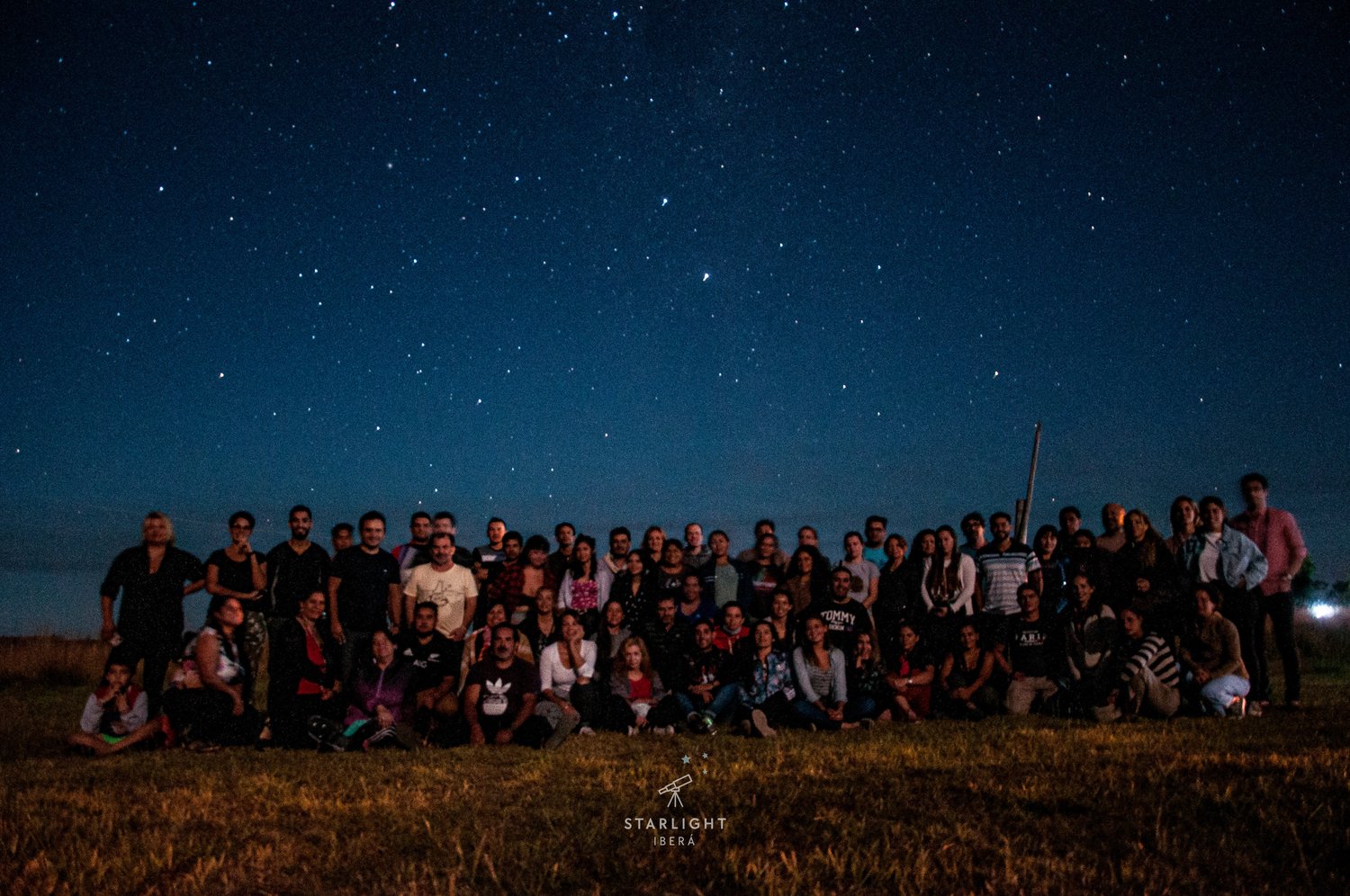
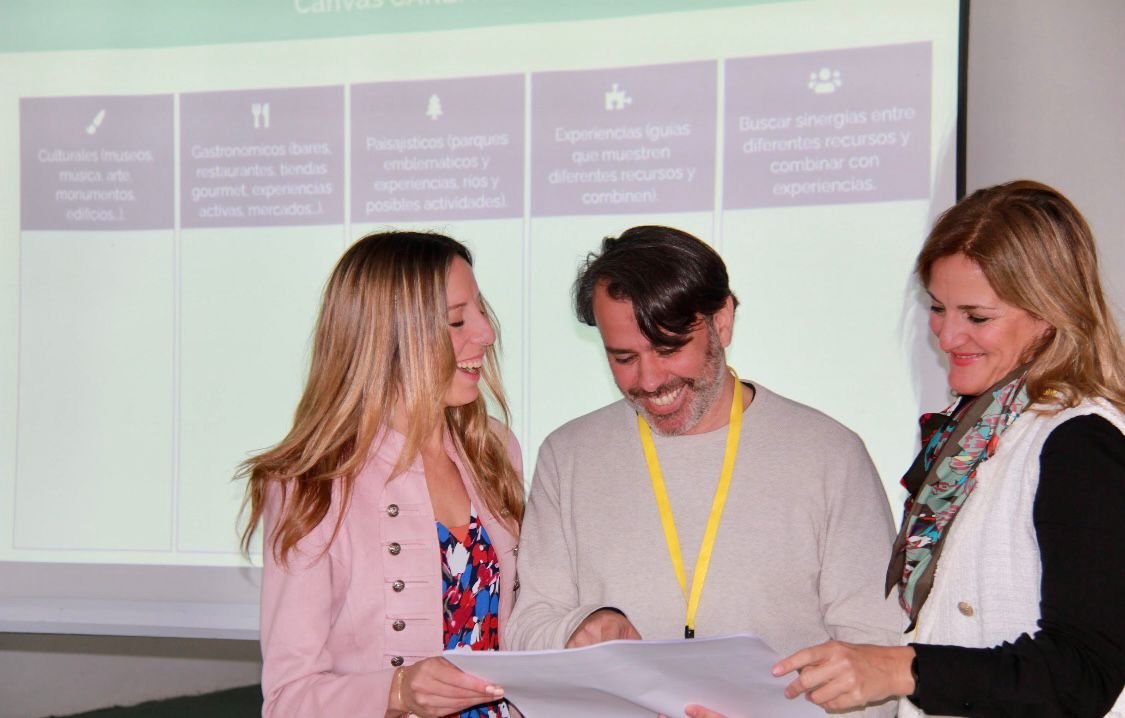
Following regenerative tourism as a guide, from Ideas for Change, in collaboration with Fundación Yetapá, Starlight Foundation, and Global CAD, we are working on a project funded by the AECID in Argentina. Starlight Iberá aims to turn the starry sky into an opportunity for sustainable and responsible tourism.
The main idea behind this project is to train local guides to become Starlight guides, who are the people that can lead and observe the night sky, and convert the Iberá National Park into a Starlight Reserve. This last aspect implies greater protection for the natural reserve, as the Starlight certification is contingent upon maintaining the conditions under which it was obtained, particularly in terms of light pollution. This park is also surrounded by various municipalities. Three of them have been working on the project over these months through different activities, both training, such as the certification of Starlight guides and monitors, and more participatory through workshops. One of these activities is the development of the Iberá destination, carried out through our methodology Destinations that Rock, with the CARE analysis. This analysis allows working with the residents and entrepreneurs of the territory to value the knowledge each has of it and understand what they want to become as a destination, what their purpose is, what type of tourism they want to offer, how, and, especially important, who it is aimed at.
Reflection: Tourism in RE Major
Rethinking tourism is essential to take advantage of this recovery we are in and start to reconsider and reflect on how we want the sector to be. The enormous influx of tourists globally can become either a risk or an opportunity. If we utilize at least part of the energy that we all carry with us when traveling, regeneration can become a reality and part of our purpose when planning our trips.
Reduce, reuse, and recycle are vital elements to ensure our actions are as sustainable as possible, and that should continue to be the case. Now, moreover, we have the opportunity to make a real reset and become travelers with a positive impact through regenerative tourism.
Perhaps this way, the tourism sector will finally gain the recognition and respect mentioned in this edition of World Tourism Day. Perhaps this way, residents will begin to view tourism differently. Perhaps it simply comes down to rethinking what type of traveler we want to be.
In our webinars, we have discussed this and other topics of positive tourism. Subscribe to our social networks and to our newsletter to stay updated
By Pako Rodríguez, consultant specialized in tourism. (Original publication in Spanish)
Once again, the World Tourism Organization promotes World Tourism Day, an event that serves to reflect on tourism activity in its various aspects and understand its challenges and changing and increasingly intense demands. In this edition, they invite us to rethink tourism. At Ideas for Change, we are committed to regenerating the sector. Do you want to know how?

Rethinking tourism for a better future
In the presentation of this new edition of World Tourism Day, mention is made of some of the ideas that represent the direction the sector as a whole should take. In terms of timing, there is no better time than the present to implement measures that ensure a future.
As mentioned in that presentation, the recognition of the sector is greater than ever, but we are still far from seeing the potential that tourism has to be a vector for positive change. Increasingly, initiatives are being launched, both public and private, that seek to ensure that the net impact of the sector benefits society, residents, and visitors. It should be noted that these two roles are increasingly interchangeable.
Having left the worst of the Covid crisis behind, and facing the recovery that we are already experiencing, it’s time to rethink and reconsider not only how we do tourism, but how we manage it inclusively and participatively.
Regenerative tourism as a paradigm of change
The regenerative tourism is one of the models suggesting that the industry can go beyond simply enabling new experiences and maintaining cultural exchanges with residents and other visitors. This model aims to improve destinations through tourism activity with the participation of residents, both in planning and in the various initiatives or activities where proposals are realized.
To rethink tourism, it is wise to take this philosophy into account, which is increasingly becoming a firm commitment to truly turn tourism into an agent of positive change. A paradigm that seeks to work from ideas that allow for the regeneration of the environment where it is developed, going beyond sustainable tourism, whose main goal is to reduce negative impact to preserve what we still have.
Fiturnext and the regeneration of the natural environment
Therefore, in the 2023 edition of Fiturnext, the Observatory we manage from Ideas for Change for FITUR, we have focused this year on understanding how tourism can contribute to the regeneration of the natural environment. After several months analyzing initiatives globally, we can share some of the good practices that we found interesting:
Atlántico Museum: an underwater museum developed as a huge artificial reef for the protection and regeneration of the ecosystem. This peculiar museum consists of ten different groups of sculptures, with various themes, where one can dive. It is located in a protected area in Playa Blanca, Lanzarote.
Plastic Whale: aims to have land and sea free of plastic worldwide. Among its activities is collecting waste in the canals of Amsterdam thanks to the efforts of tourists enjoying a boat visit through the city’s waters.
Soap for Hope: this project works with hotels to collect leftover soap and, through machinery provided to local NGOs, helps women create new soap to sell. In this way, they have allowed thousands of women to earn minimal incomes that allow for a better life.
Starlight Iberá: the sky as a means of recovering the territory


Following regenerative tourism as a guide, from Ideas for Change, in collaboration with Fundación Yetapá, Starlight Foundation, and Global CAD, we are working on a project funded by the AECID in Argentina. Starlight Iberá aims to turn the starry sky into an opportunity for sustainable and responsible tourism.
The main idea behind this project is to train local guides to become Starlight guides, who are the people that can lead and observe the night sky, and convert the Iberá National Park into a Starlight Reserve. This last aspect implies greater protection for the natural reserve, as the Starlight certification is contingent upon maintaining the conditions under which it was obtained, particularly in terms of light pollution. This park is also surrounded by various municipalities. Three of them have been working on the project over these months through different activities, both training, such as the certification of Starlight guides and monitors, and more participatory through workshops. One of these activities is the development of the Iberá destination, carried out through our methodology Destinations that Rock, with the CARE analysis. This analysis allows working with the residents and entrepreneurs of the territory to value the knowledge each has of it and understand what they want to become as a destination, what their purpose is, what type of tourism they want to offer, how, and, especially important, who it is aimed at.
Reflection: Tourism in RE Major
Rethinking tourism is essential to take advantage of this recovery we are in and start to reconsider and reflect on how we want the sector to be. The enormous influx of tourists globally can become either a risk or an opportunity. If we utilize at least part of the energy that we all carry with us when traveling, regeneration can become a reality and part of our purpose when planning our trips.
Reduce, reuse, and recycle are vital elements to ensure our actions are as sustainable as possible, and that should continue to be the case. Now, moreover, we have the opportunity to make a real reset and become travelers with a positive impact through regenerative tourism.
Perhaps this way, the tourism sector will finally gain the recognition and respect mentioned in this edition of World Tourism Day. Perhaps this way, residents will begin to view tourism differently. Perhaps it simply comes down to rethinking what type of traveler we want to be.
In our webinars, we have discussed this and other topics of positive tourism. Subscribe to our social networks and to our newsletter to stay updated


